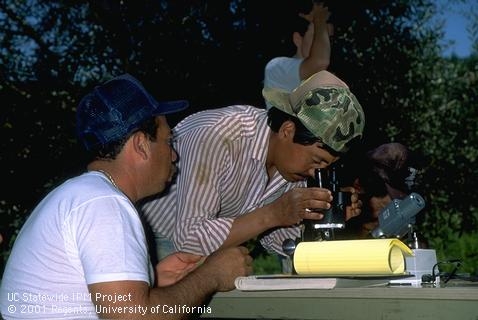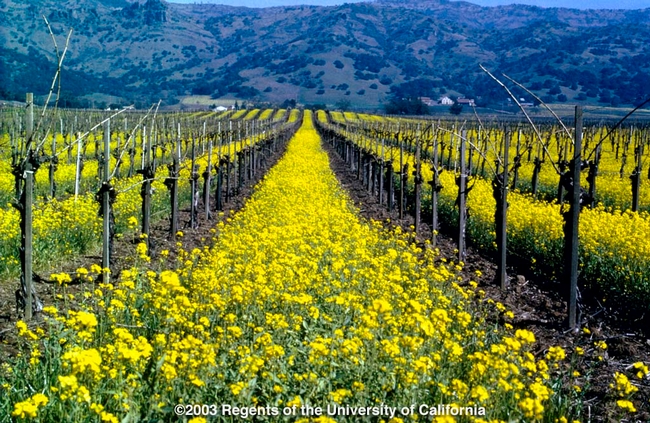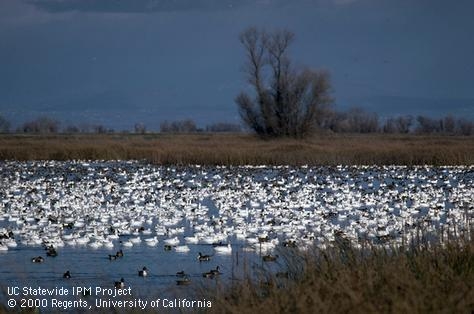Growers are said to be one of the most surveyed groups in the US. This is understandable as only around 2% of Americans work in agriculture and there is an intrinsic lack of understanding of what is needed to help growers develop their operations. I frequently hear growers express concerns about issues that need to be addressed, whether those stem from government agencies, local weather patterns, or regional markets. However, quantifying the significance of these issues without data can be challenging.
Surveys conducted by Cooperative Extension and local organizations give growers a voice and serve as the first step in collaboration between growers and researchers in addressing the issues at hand.
If you have found yourself losing sleep over labor concerns, new farming techniques, goose damage to crops, or navigating climate programs, take a moment to let us know your thoughts via these surveys. Your insight is extremely valuable, and these surveys are linked directly to local ag-related organizations working in your area.
Note: I acknowledge that this is a busy time for growers. To streamline the process, I've consolidated multiple surveys into this post, which you can revisit when you schedule suits you.
Grower/ Labor Contractor Training Needs for Agricultural Workers
Trainees identifying vineyard insects, photo: Jack K. Clark
Click here to start the Grower/ Labor Contractor Training Needs Assessment Survey
Cover Crop Barriers and Motivations
Yellow Mustard Cover Crop in Vineyard Jack K. Clark
Click here to start the Cover Crop Barriers and Motivations Survey
Goose Damage in Crops
Snow Geese in Winter, Photo: Jack K. Clark
Click here to start the Goose Damage in Crops Survey
Mulching in row crops, photo Evett Kilmartin
Yolo County is in the process of trying to get a better understanding of what practices grower are implementing and which ones they aren't and why. This survey examines other types of sustainability practices such as no-till, deficit irrigation, and manure applications in the county and will be used to help the county prioritize its funding, research, and outreach programs in the years to come.
Click here to start the Working Lands Survey



